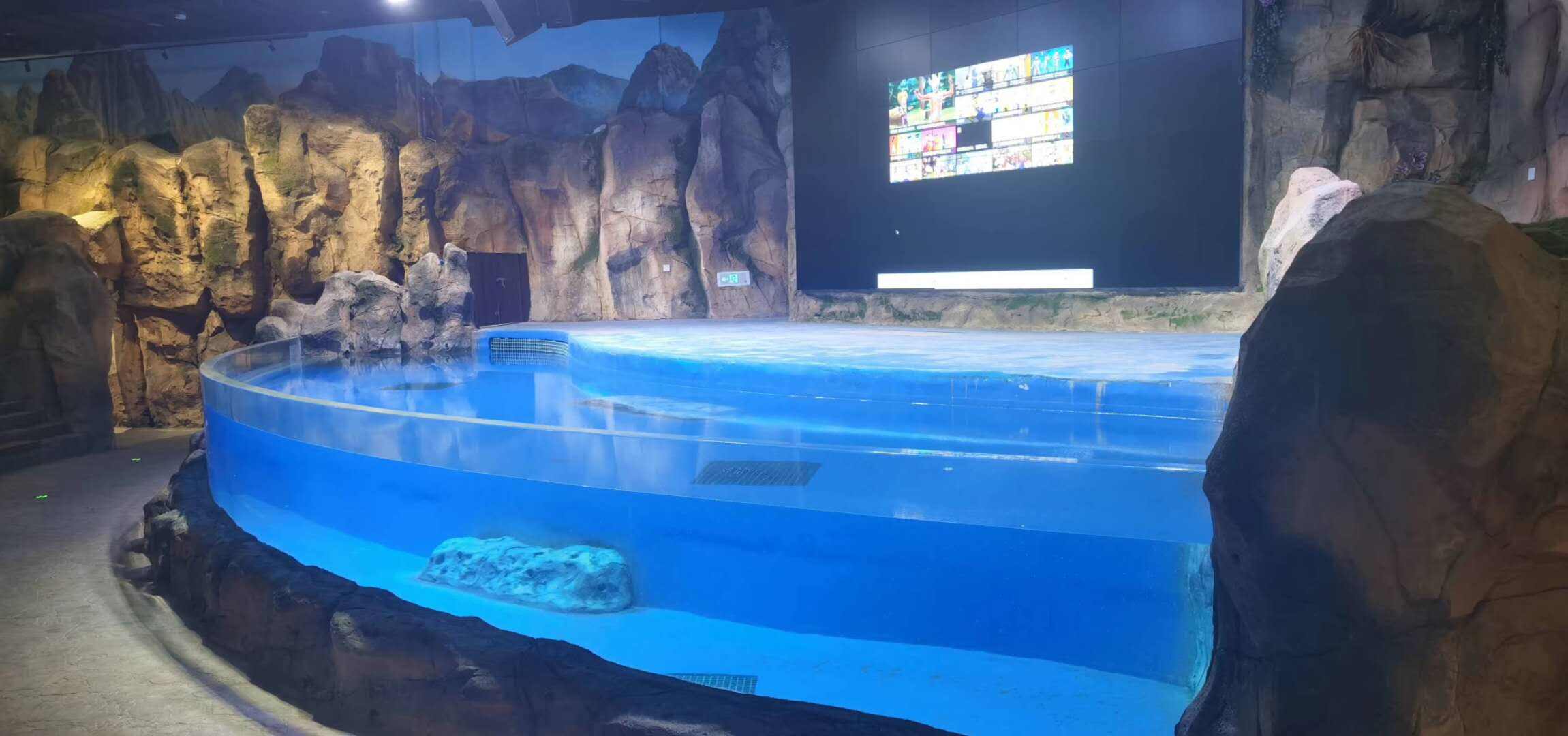Flash Photography Kills Tuna Fish at Aquarium

Aquariums discourage flash photography for good reason it would seem after startling footage emerges of a tuna killing itself in an acrylic aquarium.
A recent video posted on Reddit has sparked a debate about the use of flash photography in aquariums. In the video, visitors can be seen taking flash photography of an exhibit at a crowded aquarium exhibit. However, during the video, a startling event occurs when a tuna fish suddenly swims head-on into the glass, leaving the injured fish sinking to the bottom of the aquarium and guests gasping at what transpired.
One Reddit user commented on the video, stating that the use of flash photography in aquariums should be prohibited entirely as it can make fish extremely agitated and aggressive.
YouTuber Lew Later created a whole segment devoted to how startling the incident was and remarked on how strong the display was to be able to withstand a tuna swimming at tremendous velocity head-on into the acrylic display. They wondered if the glass would be able to withstand a shark swimming into it, but quickly ascertained that an animal the size of the whale shark in the video would clearly not be able to achieve the same speed. Just for the record, a tuna can swim around 43 mph and the top speed for a whale shark is no more than 3 mph.
Why is Flash Photography Discouraged Around Acrylic Aquariums & Pools?
Acrylic displays, such as swimming pools and aquariums, are highly reflective surfaces that can be affected by flash photography. When a flash is used in these types of environments, the light can bounce off the acrylic surface and create reflections that can be disorienting and confusing for the animals inside.
For example, in an aquarium, the flash from a camera may resemble reflective light bouncing off the water. This can cause the fish to become disoriented and confused, as they may think the water continues onward in that direction. This can lead to distress or even aggression in some animals, as they may become confused or threatened by the flash.
Similarly, in a swimming pool, the flash from a camera may create reflections that can be disorienting for swimmers. This can be especially dangerous if the swimmers are in the middle of a lap or if the pool is crowded.
Because of these potential impacts, many places that have acrylic displays, such as aquariums and swimming pools, discourage the use of flash photography. This is not only to protect the well-being of the animals or swimmers, but also to ensure the safety of the photographers and other visitors.

 EN
EN
 AR
AR
 BG
BG
 HR
HR
 CS
CS
 DA
DA
 NL
NL
 FI
FI
 FR
FR
 DE
DE
 EL
EL
 HI
HI
 IT
IT
 JA
JA
 KO
KO
 NO
NO
 PL
PL
 PT
PT
 RO
RO
 RU
RU
 ES
ES
 SV
SV
 CA
CA
 TL
TL
 IW
IW
 ID
ID
 LV
LV
 LT
LT
 SR
SR
 SK
SK
 UK
UK
 VI
VI
 ET
ET
 GL
GL
 HU
HU
 TH
TH
 TR
TR
 FA
FA
 AF
AF
 MS
MS
